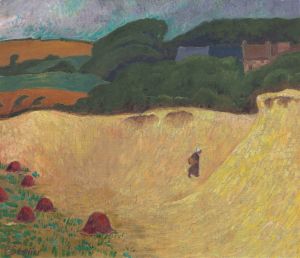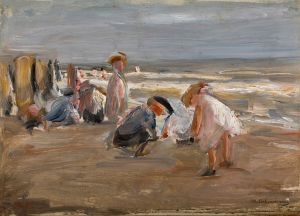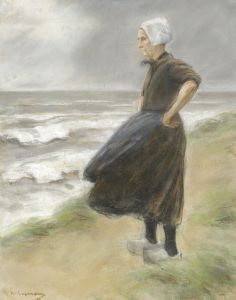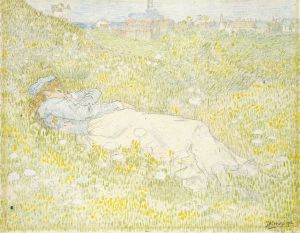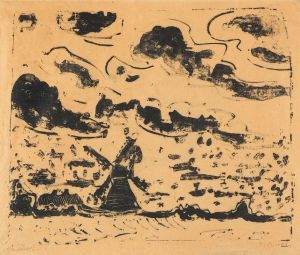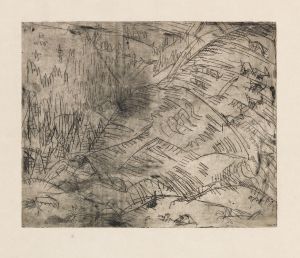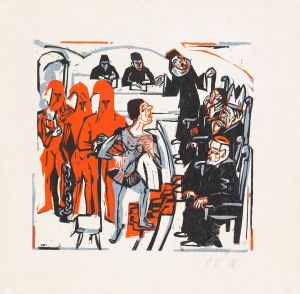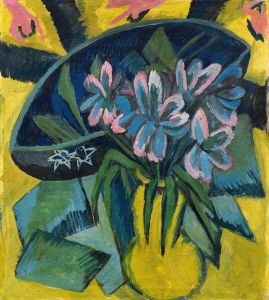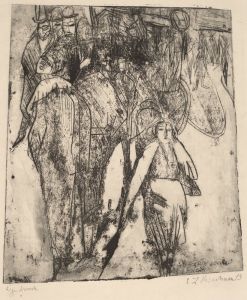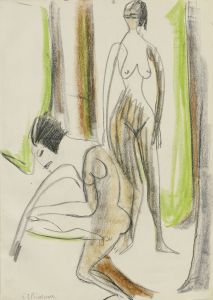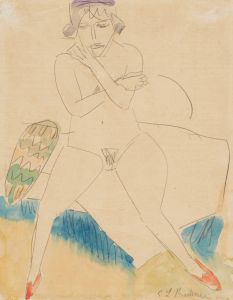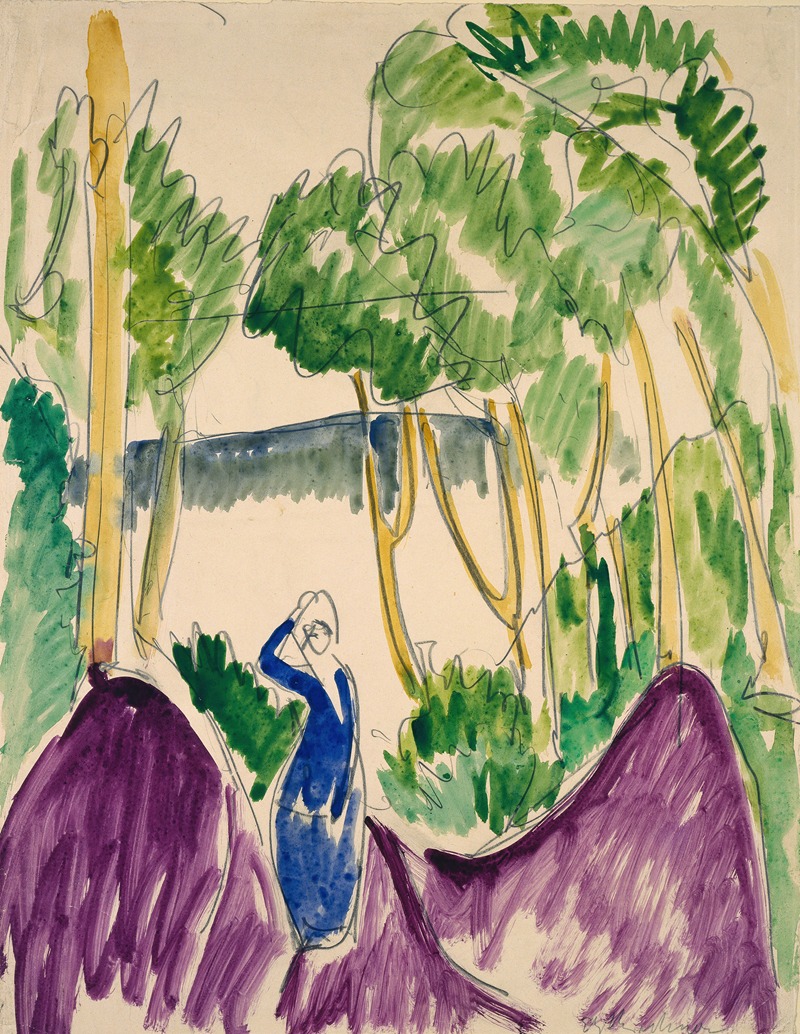
Woman in dunes on Fehmarn
A hand-painted replica of Ernst Ludwig Kirchner’s masterpiece Woman in dunes on Fehmarn, meticulously crafted by professional artists to capture the true essence of the original. Each piece is created with museum-quality canvas and rare mineral pigments, carefully painted by experienced artists with delicate brushstrokes and rich, layered colors to perfectly recreate the texture of the original artwork. Unlike machine-printed reproductions, this hand-painted version brings the painting to life, infused with the artist’s emotions and skill in every stroke. Whether for personal collection or home decoration, it instantly elevates the artistic atmosphere of any space.
Ernst Ludwig Kirchner's Woman in Dunes on Fehmarn is a painting created by the German Expressionist artist during one of his stays on the island of Fehmarn in the Baltic Sea. Kirchner, a founding member of the influential art group Die Brücke (The Bridge), is known for his bold use of color, dynamic compositions, and exploration of modern life and the human form. This particular work reflects his deep connection to nature and his fascination with the unspoiled landscapes of Fehmarn, where he spent several summers between 1912 and 1914.
The painting depicts a woman reclining in the dunes, surrounded by the natural beauty of the island. Kirchner's characteristic style is evident in the vibrant, non-naturalistic colors and the expressive brushwork that captures the energy and mood of the scene. The figure of the woman is rendered with a sense of immediacy and intimacy, a hallmark of Kirchner's approach to portraying the human form. The composition emphasizes the harmony between the figure and the surrounding landscape, a recurring theme in Kirchner's work during this period.
Fehmarn held a special significance for Kirchner, as it provided him with a retreat from the industrialized world and an opportunity to immerse himself in nature. The island's dunes, beaches, and open skies became a source of inspiration for many of his works. Kirchner often painted en plein air, directly engaging with the environment to capture its essence. His time on Fehmarn also marked a period of experimentation and growth in his artistic practice, as he sought to distill his impressions of the natural world into bold, simplified forms.
The exact date of Woman in Dunes on Fehmarn is not definitively documented, but it is generally attributed to the years 1912-1914, aligning with Kirchner's visits to the island. This period was crucial in the development of his mature style, as he moved away from the influences of Impressionism and Post-Impressionism toward a more personal and expressive visual language.
Kirchner's works from Fehmarn, including Woman in Dunes on Fehmarn, are celebrated for their ability to convey a sense of freedom and vitality. They reflect his desire to escape the constraints of urban life and reconnect with the primal forces of nature. Today, these paintings are considered significant contributions to the Expressionist movement and are admired for their innovative approach to color, form, and composition.
As with many of Kirchner's works, Woman in Dunes on Fehmarn is not only a testament to his artistic vision but also a reflection of the broader cultural and artistic currents of early 20th-century Europe. The painting remains an important example of his exploration of the relationship between humanity and the natural world.





